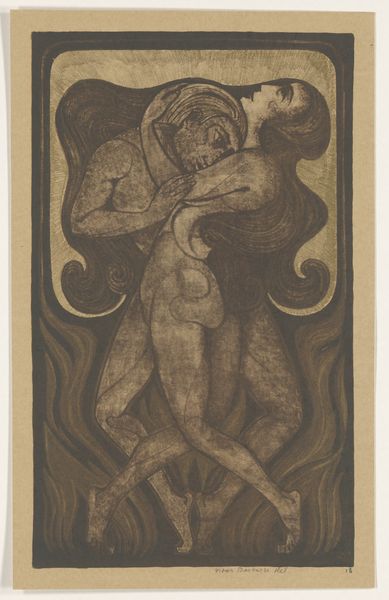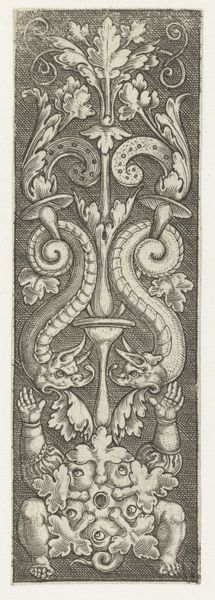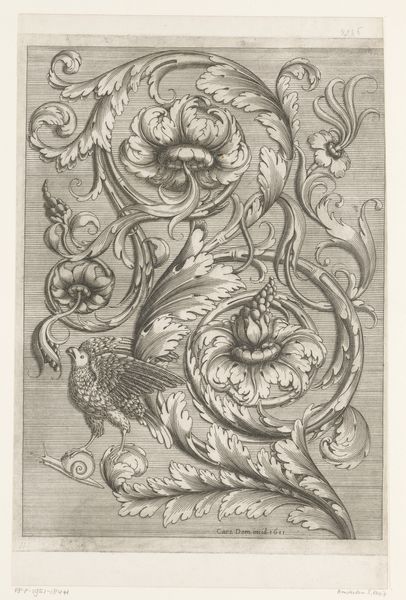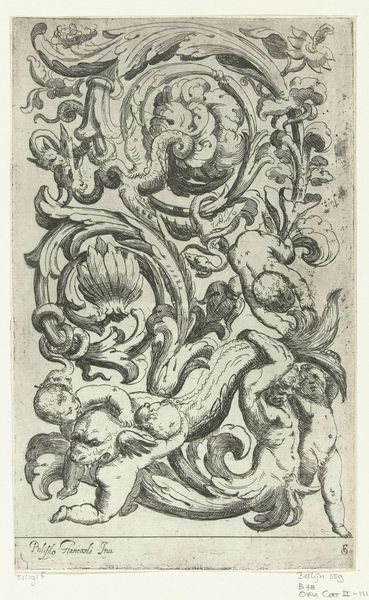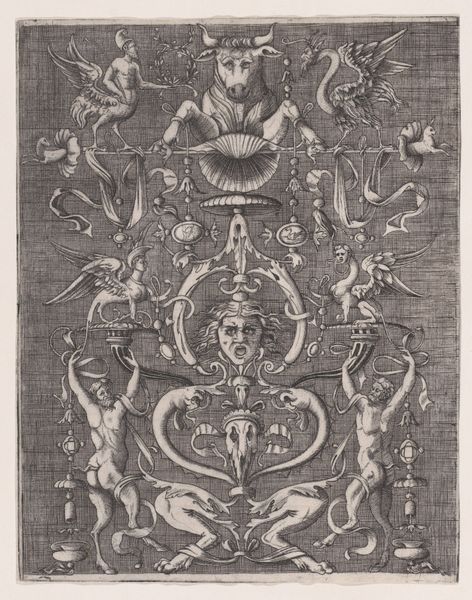
print, engraving
#
natural shape and form
#
allegory
# print
#
textured surface
#
figuration
#
11_renaissance
#
line
#
northern-renaissance
#
engraving
Dimensions: width 24 mm, width 14 mm, height 162 mm
Copyright: Rijks Museum: Open Domain
This 16th-century ornament was made by Monogrammist IB. It features a peculiar assembly: a warrior, a satyr, and a child. The satyr, with his wild, untamed nature, represents the primal instincts, the Dionysian spirit that lurks beneath the surface of civilization. But observe how these figures are arranged. The child supports a vase, above him stands the satyr, then the soldier. This sequence recalls the ancient motif of the world carried on one's shoulders. A motif we see echoed through the ages, from Atlas bearing the heavens to the figures supporting architectural structures. Consider how the warrior embodies the Apollonian ideal: order, reason, and control. Yet, he is placed atop the satyr, suggesting a subjugation of primal instincts. This echoes the ongoing tension within the human psyche, the struggle between order and chaos. It is a visual representation of the complex interplay between our conscious and subconscious drives. The ornament serves as a potent reminder of the cyclical nature of symbols, their ability to resurface, evolve, and take on new meanings across historical contexts.
Comments
No comments
Be the first to comment and join the conversation on the ultimate creative platform.


